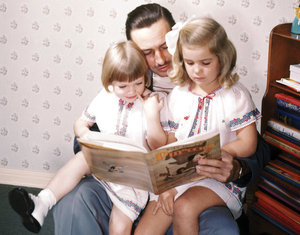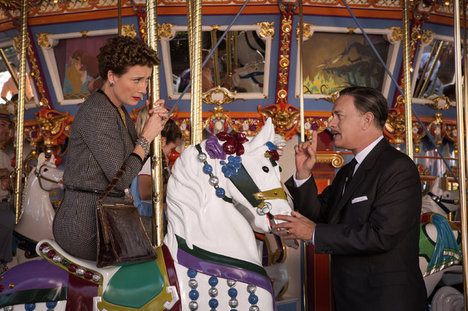(p. 4) Here is something that might surprise you: Walt Disney, that icon of American ingenuity, was in financial straits through most of his career. You probably thought he would have been a business genius — a model for others to study. But Disney was an atrocious businessman, constantly running his company into the ground. At the same time, though, he was a corporate visionary whose aversion to typical business practices led to the colossus that the Walt Disney Company became.
. . .
Disney could have expanded the company steadily, building on the success of Mickey Mouse. Instead, he placed a huge and highly risky bet on feature animation. “Snow White” was four years in production and cost over $2 million ($33.5 million in today’s dollars), most of it borrowed from Bank of America against the receipts of the cartoon shorts. The gamble paid off. “Snow White” earned nearly $7 million ($117 million today), most of which he immediately sank into a new studio headquarters in Burbank, Calif., and a slate of features.
. . .
He didn’t care one whit about money. Even his wife, Lillian, complained that she didn’t understand why he didn’t have more of it. After all, she said, he was Walt Disney. Had he not been the studio’s creative force, had the studio not been so closely identified with him, he almost certainly would have been ousted. As it was, both the bankers and his brother pressured him to rein in his ambitions and compromise on the quality of his films.
. . .
And though Disney’s capriciousness and constant reinvention of his company drove his brother and others crazy, it also kept re-energizing the Disney studio and led, in 1955, to Disneyland — a triumph that at last put the company on solid financial footing. Not incidentally, Disneyland sprang from another of Disney’s beliefs: that it was hard to wring greatness from a bureaucracy. He and his team designed the park as a separate entity from the studio, WED Enterprises.
None of this would have been possible without Roy Disney’s understanding that his primary job was to realize his brother’s dreams. He was the businessman whom Disney needed to deal with other businessmen. Walt Disney, at his core, was an artist who tossed out the corporate playbook and operated, as artists usually do, by inspiration. In the end, the company flourished precisely because Disney was such an indifferent businessman.
For the full commentary, see:
NEAL GABLER. “A Visionary Who Was Crazy Like a Mouse.” The New York Times, SundayBusiness Section (Sun., SEPT. 13, 2015): 4.
(Note: ellipses added.)
(Note: the online version of the commentary has the date SEPT. 12, 2015, and has the title “Walt Disney, a Visionary Who Was Crazy Like a Mouse.”)
Some of what Gabler discusses in the commentary quoted above, is also discussed in his biography of Disney:
Gabler, Neal. Walt Disney: The Triumph of the American Imagination. 1st ed. New York: Alfred A. Knopf, 2006.




